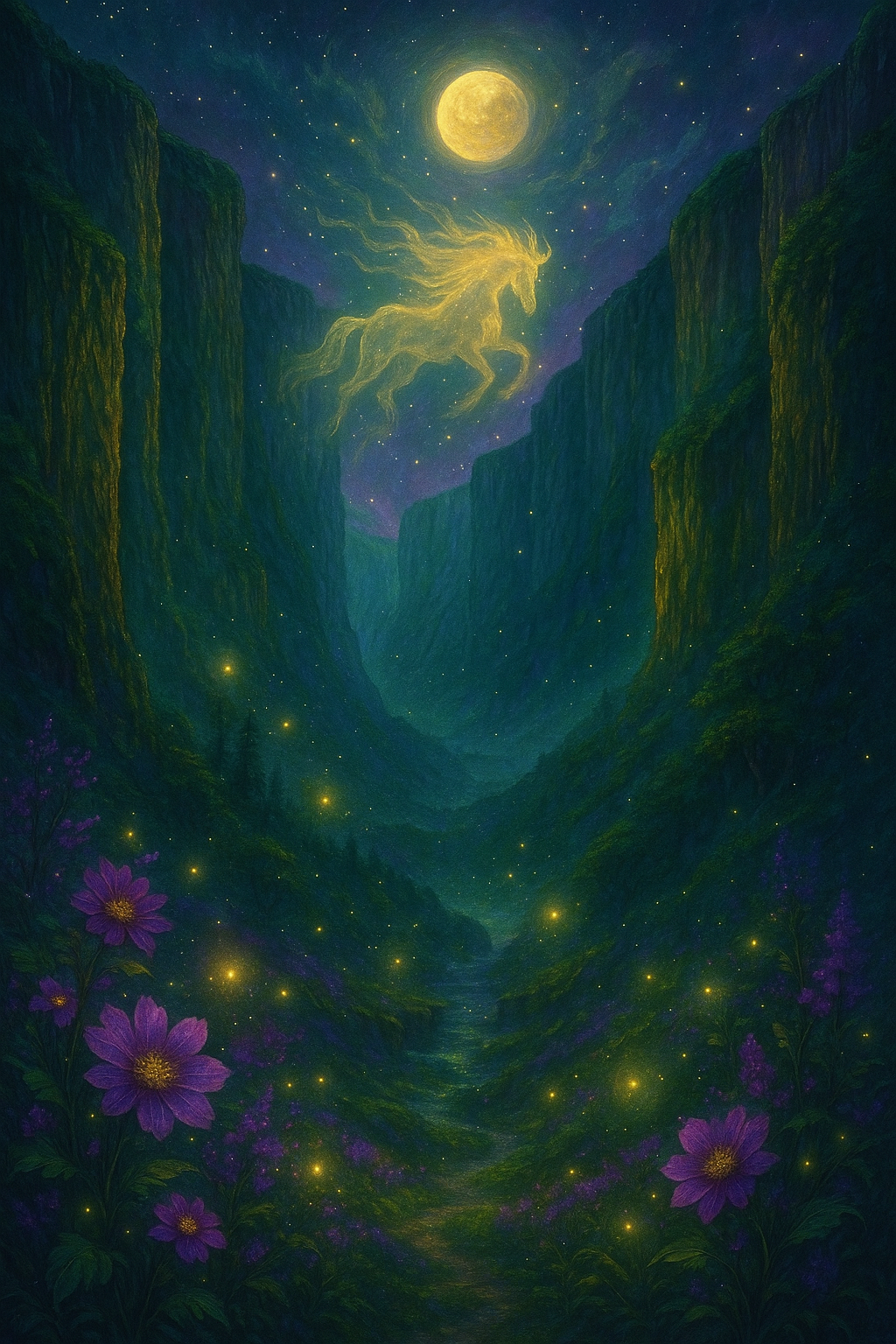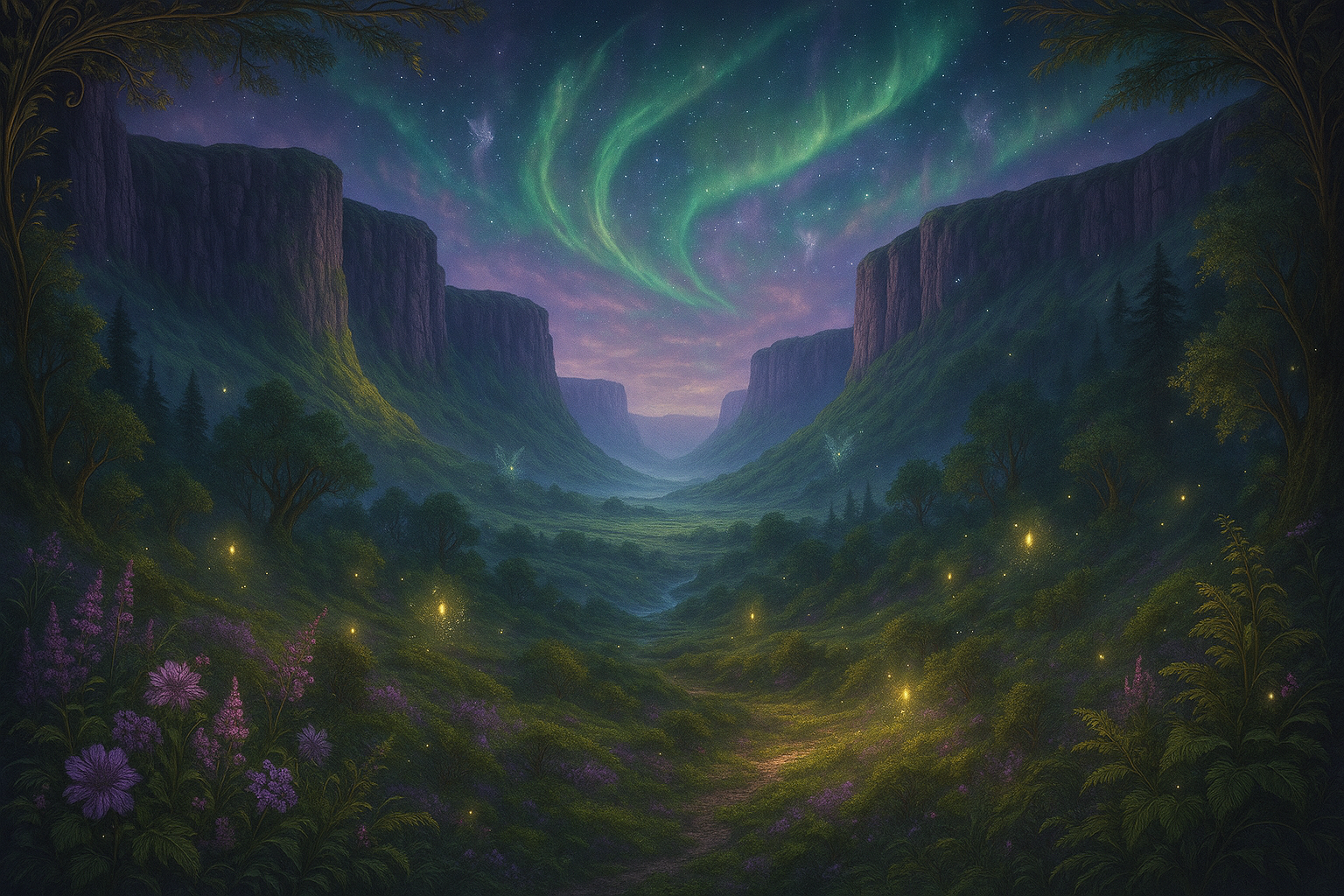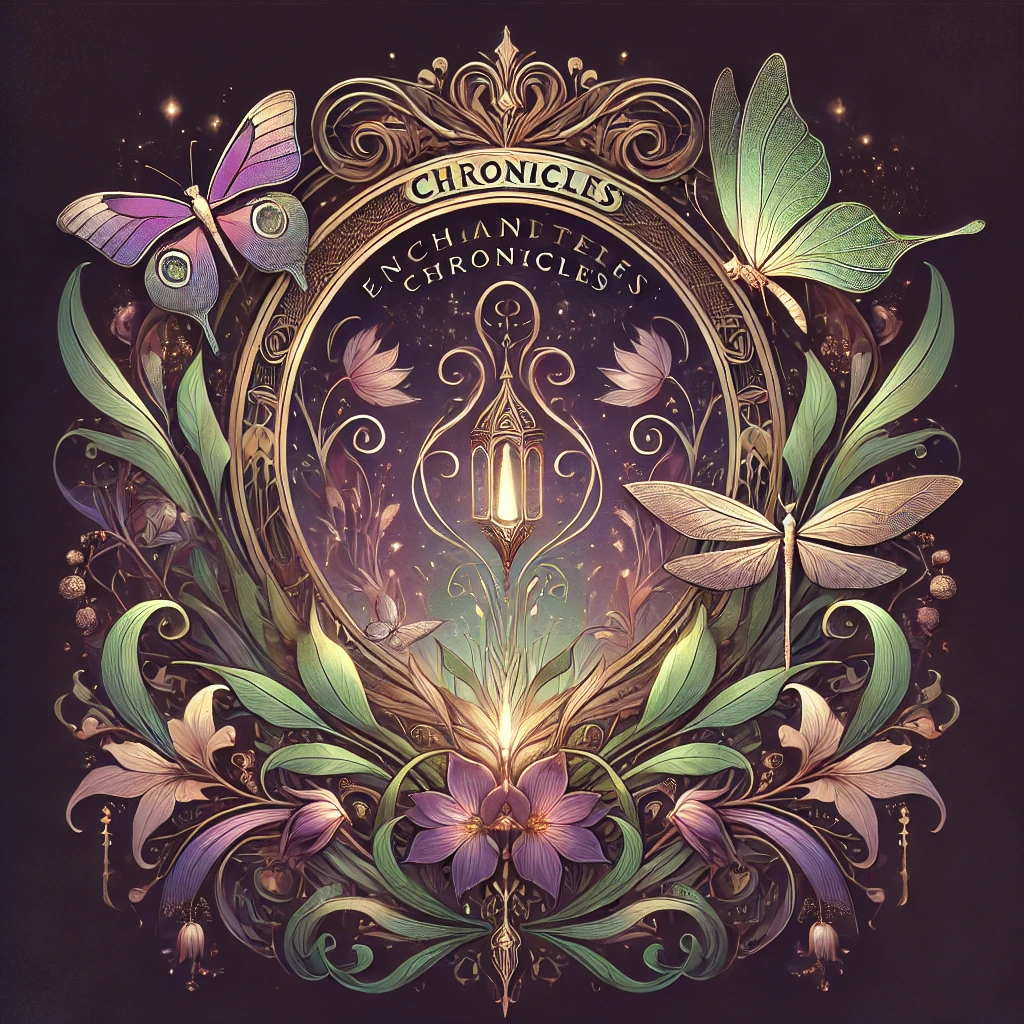The Amazing Canyon of Mystery: Asbyrgi’s Legendary Origins
What if a canyon wasn’t shaped by water or time, but by the trace of a divinity’s horse? Discover the legend of Asbyrgi, Iceland’s canyon said to bear the mark of Odin’s mighty steed, Sleipnir. A story where myth and nature collide.

By : Nissa Moonstar

Asbyrgi Canyon legend
Deep in northeast Iceland lies Asbyrgi Canyon, a vast horseshoe-shaped depression surrounded by towering cliffs. Its sheer scale makes it one of the most breathtaking natural wonders of Iceland. But beyond geology, Asbyrgi carries with it a legend that has fascinated locals and travelers for centuries: it is said to be the very hoofprint of Odin’s magical horse, Sleipnir
The mystery of Asbyrgi is not just geological—it’s mythological, cultural, and spiritual. To this day, it stands as a place where science and legend intertwine.
Asbyrgi and the Norse Pantheon
According to Norse mythology, Sleipnir was no ordinary steed. He had eight legs, unmatched speed, and could travel between worlds. He was the trusted mount of Odin, the Allfather, god of wisdom, poetry, and war.
The legend states that when Odin rode Sleipnir across the skies, the horse’s hoof struck the earth of Iceland. The force of the impact created the Canyon—a sacred mark left by the divinities themselves.
This belief took root during the Viking Age, when settlers in Iceland carried their myths across the North Atlantic. The canyon became a site of reverence, its shape seen as divine proof of Odin’s power.
Geology Meets Folklore
Modern geology offers another explanation. Scientists believe the Canyon was formed around 10,000 years ago during catastrophic glacial floods at the end of the Ice Age. A second flood reshaped it roughly 3,000 years ago.
But for Icelanders, this scientific explanation doesn’t erase the myth. Instead, the legend of Sleipnir and Asbyrgi is seen as a poetic interpretation of nature’s grandeur.
The tension between scientific reasoning and mystical storytelling gives Asbyrgi its enduring allure.
Asbyrgi in Oral and Written Tradition
Originally, the story of Sleipnir’s hoofprint was preserved through oral storytelling. Elders would gather families and tell how the canyon connected them directly to the divinities.
In later centuries, Icelandic sagas and folklore collections began to include the tale. Writers in the 17th and 18th centuries described Asbyrgi as a site of supernatural origin, further embedding the legend into cultural memory.
By the 19th century, with the Romantic movement sweeping Europe, Asbyrgi became a symbol of Iceland’s mystical landscapes, attracting poets and travelers searching for the sublime.
The Canyon Today: Tourism and Folklore
Today, the Canyon is part of Vatnajökull National Park, one of the largest in Europe. Visitors flock not only to hike its trails but also to experience the aura of the legend.
Guided tours often retell the tale of Odin’s horse, blending mythology with history. Local storytellers emphasize the canyon’s dual identity—both a geological marvel and a mythical monument.
Festivals and cultural events occasionally feature re-enactments of Norse myths, while schools teach the story as part of Iceland’s heritage. In the evenings, under the northern lights, the canyon takes on a mystical glow, heightening its otherworldly reputation.
Why the Legend Still Captivates
This legend resonates because it embodies the Icelandic worldview: a deep respect for nature, a belief in forces beyond human understanding, and the power of storytelling to explain the inexplicable.
For locals, Asbyrgi is not merely a canyon—it is a portal to the past, a reminder of their Viking ancestors and their enduring myths. For travelers, it is a place where science and myth dance together, each enhancing the other’s mystery.
One last word
Asbyrgi is more than a geological wonder. It is a living legend, carrying within its walls the trace of a divinity’s horse and the whispers of Iceland’s mythic past. Whether one sees Sleipnir’s mark or the hand of nature, the canyon continues to enchant all who stand within its vast embrace.

Join our community of readers Subscribe To our newsletter!

Enchanted Chronicles: Ignite the Myths Within
Step into a world where ancient myths are no longer confined to books—they are part of your journey.
Sign up for free!
We won’t send you spam.
Unsubscribe at any time.
